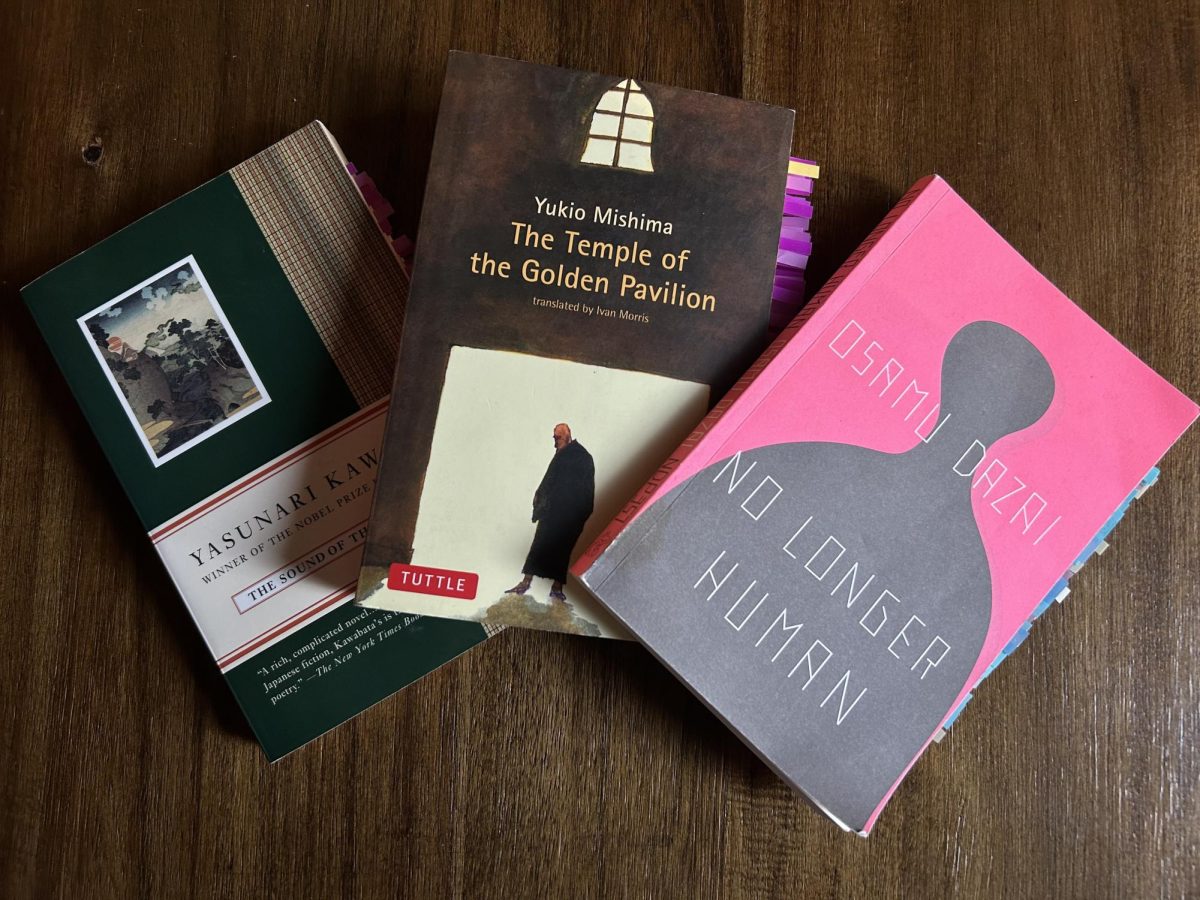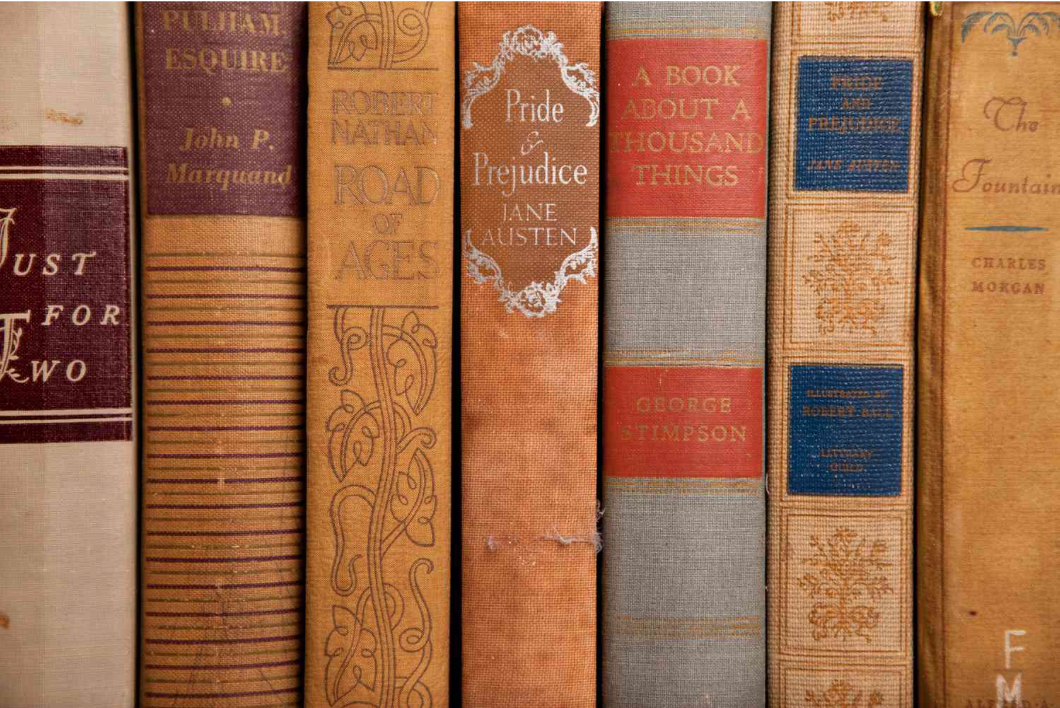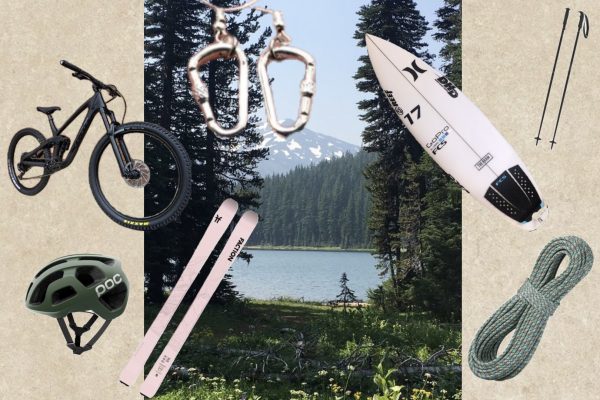Does ‘D’ Mean Diploma?
Graduation rates are on the rise, but why?
The Bend-La Pine School District has announced that graduation rates are increasing. COVID-19 implemented different teaching and grading standards during virtual learning—the question now is whether or not the current rates are a valid measure of students’ progress. Are students really progressing, or are standards just being lowered?
High school graduation is a monumental achievement of education, one that impacts career paths and life in general. Rising rates should be a success, although underlying reasons for these increasing rates should not go unnoticed.
Starting in 2012 , graduation rates were steadily increasing, until 2019-2020 when—according to the Bend-La Pine District in 2023—they spiked to an all time high of 85.9 percent. During the 2019-2020 school year, the COVID-19 pandemic brought with it online school; and different learning, teaching and grading tactics. Schools and teachers had to adjust in order to educate and graduate students, so the lowered expectation of students was warranted during, and even shortly after, the initial COVID-19 lockdown.
“There was pressure for the district to graduate kids during COVID-19. Schools had to adapt to find ways to educate kids,” said Summit counselor Andy Fleming. Perhaps high schools are still recovering from the significant accommodations they were making during the pandemic. Now that students are back to classroom learning, it’s important that the focus shifts to reduce leniency, and to increase graduation rates without compromising standards.
The academic system in place is successful for some students who are motivated and willing to challenge themselves.
“Our top tier motivated students are showing growth. They are attending class, they are being challenged and they are succeeding,” said Dave Turnbull, teacher and track coach. “Students that want to learn and grow are taking classes that challenge them. Summit and the Bend-La Pine school district are doing justice to those students.” There is truth to the idea that the students who apply themselves, are motivated, and show up, have succeeded with the current system in place.
However, are the students who don’t have that same motivation being left behind? Less motivated students have the ability to do the bare minimum and still pass and get their diplomas.
“In the last two years, I’ve experienced students that don’t come to class, don’t turn in work, and are still passing. At this point, we’ve lowered the bar enough that those students literally come to class just enough to pull a ‘1’ out of the 0-4 scale so that they can pass the class. Literally, ‘D means Diploma,’ ” said Turnbull.
The concern is that expectations are too low—leading to the students who need the most support being chronically absent, or disengaged from learning.
“Is this a good system for students that don’t have parental support? Is this a good system for students who have suffered from trauma and have social anxiety issues? I don’t believe so,” said Turnbull. “The place where these students find support and stability is in the school system. What we’re seeing now is more and more reasons ‘not to go’ to class.”
It’s time to take a collaborative approach to address the aftermath of COVID-19 education, and ensure students are attending classes regularly, engaging in learning and earning their diplomas. While some students who are able to be self-motivated are succeeding with the current grading system in place, others are slipping through the cracks and still graduating.
A high school diploma represents four years of academic achievement, a rite of passage to adulthood, and an accomplishment of something useful. In the long run, students will benefit from learning and putting effort into their academics.

Often found working through a pile of homework, while listening to music, Josephine Hall—a junior News Editor and writer—is excited for this year’s paper. Whether it’s tennis, schoolwork, long...




























































